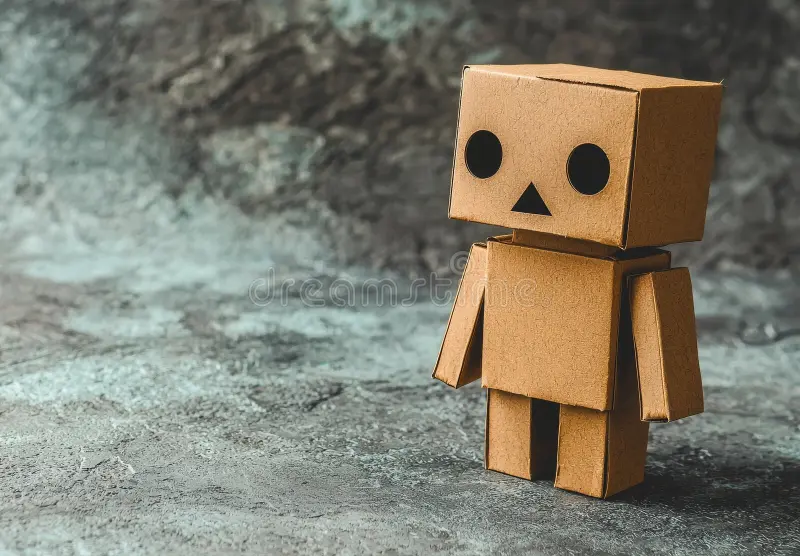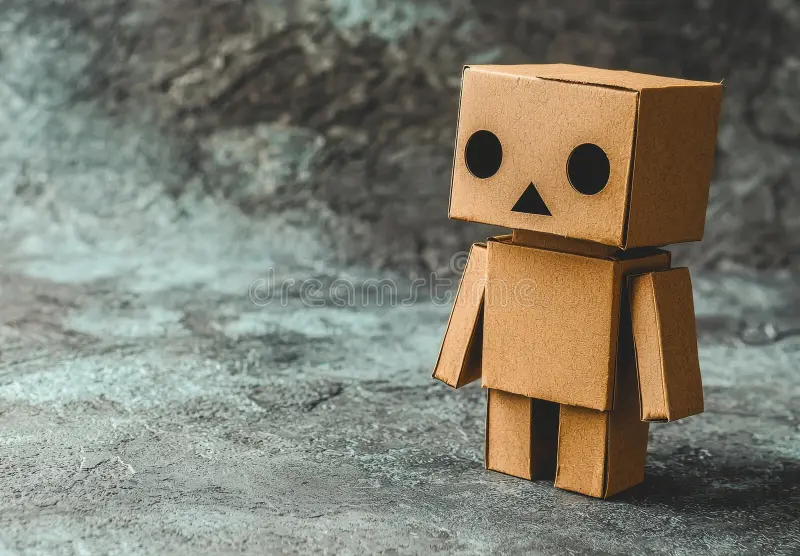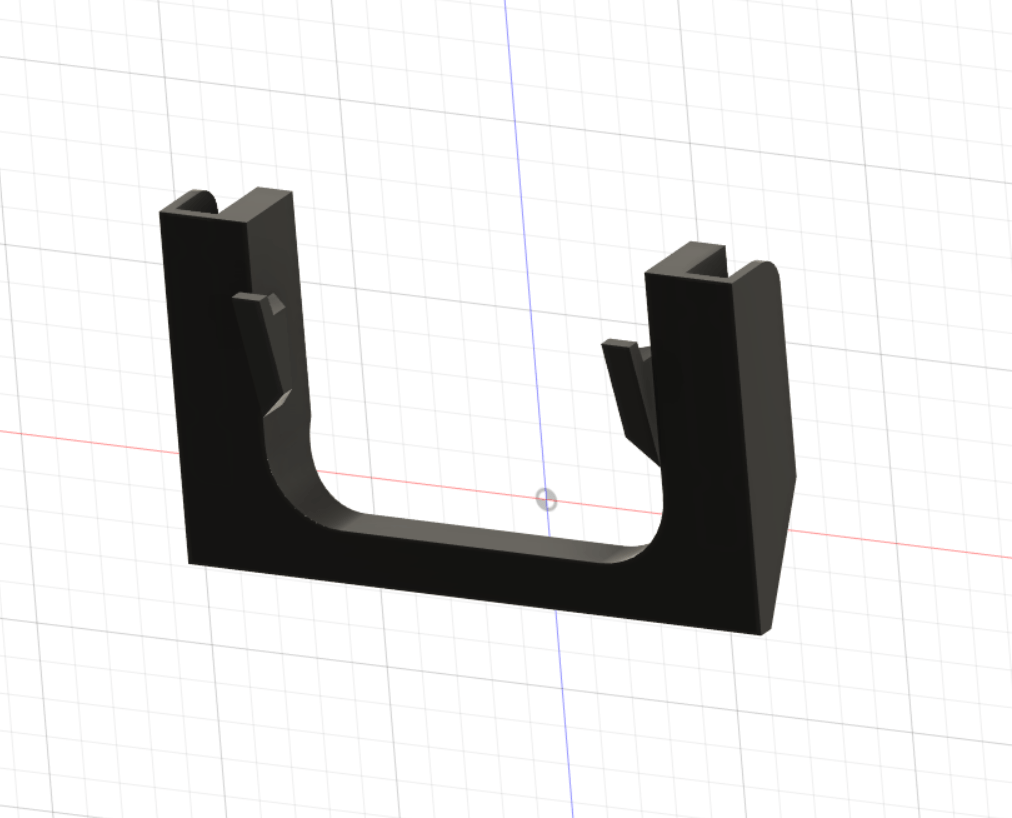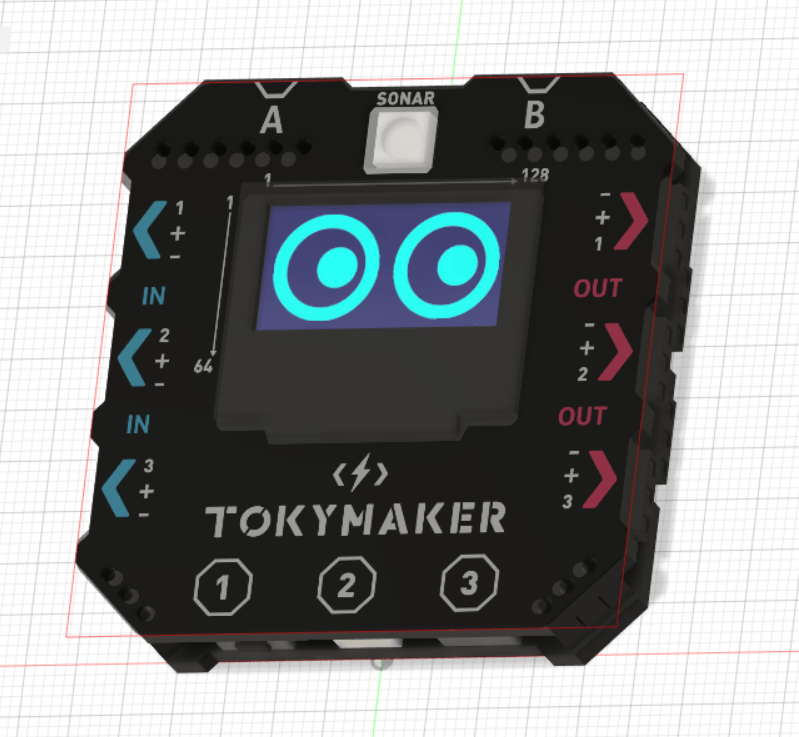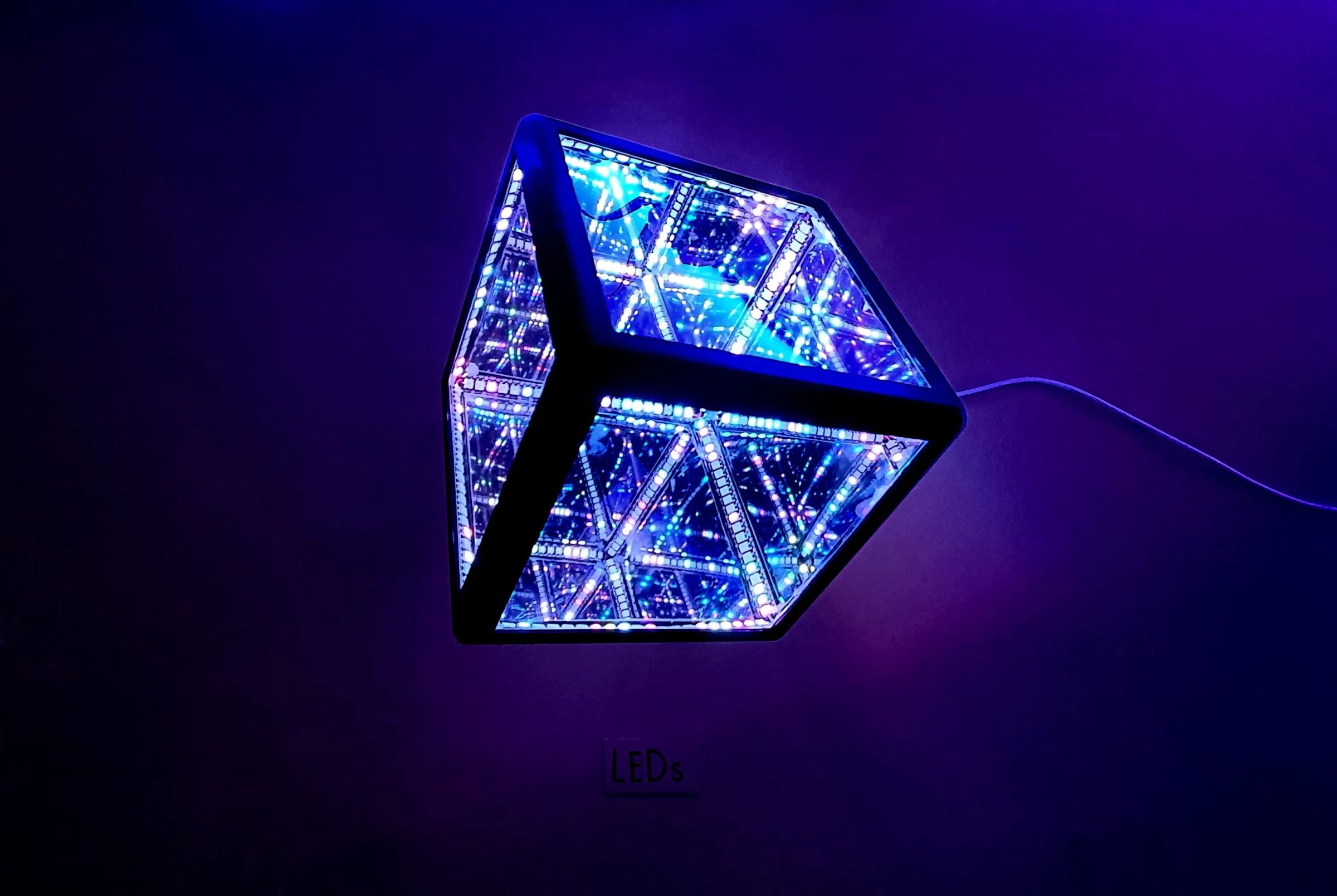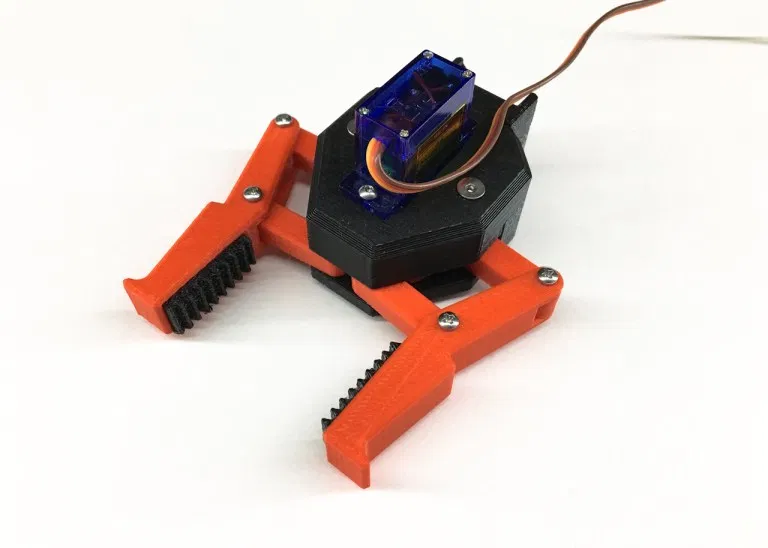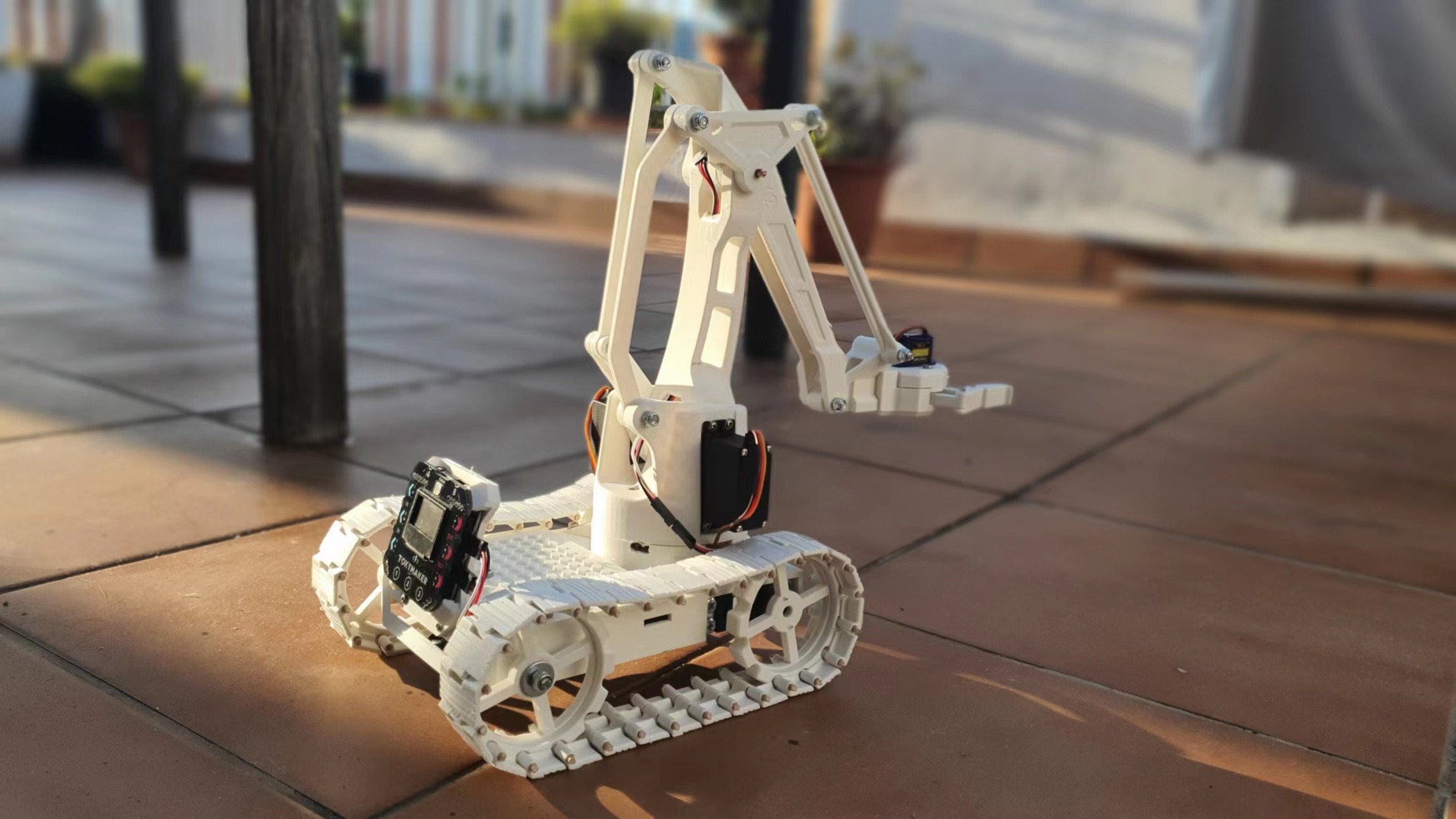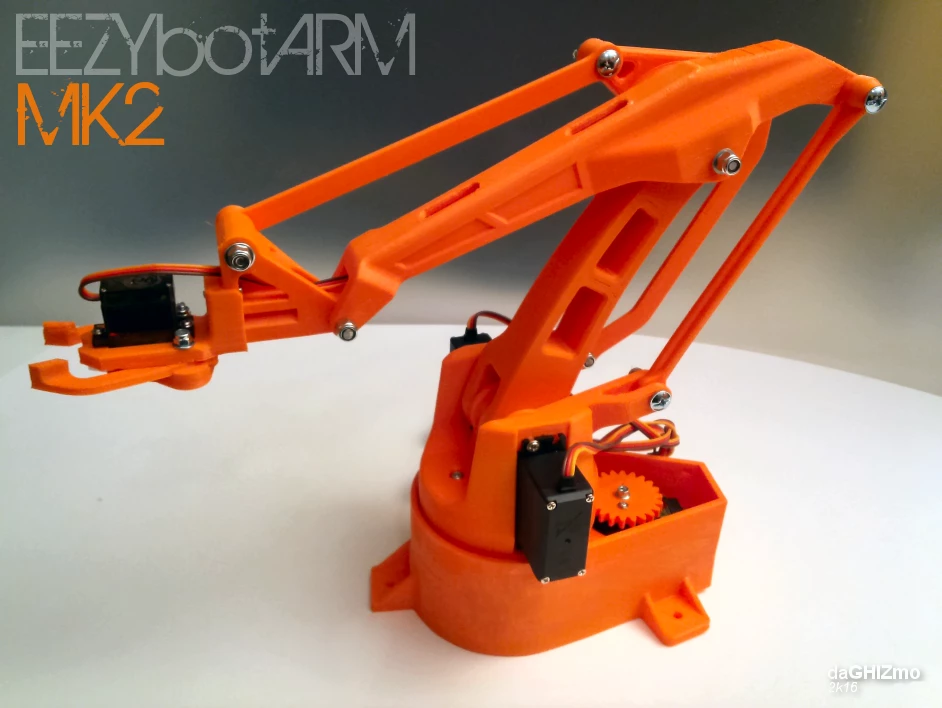Animated Cardboard templates (in progress)
We will give you some resources to start promoting a healthy and balance learning of STEM + soft skills.
You will find some templates to build simple cardboard robots. Of course some letters of STEM are missing here, since programming or electronics are not present in these robots. Nevertheless it is an open gate for further exploration from your end that hopefully end one day in including our complete methodology with tokymini robotics kit.
Projects include:
- whale
- face and emotions
- puppet
- Monster mouth
- roulette with emotions
Tools and Curriculum to have age and level differentiation in the same classroom
We have adopted and customised a smart system from LOFI ROBOT (17) (huge thanks to Maciej!) that allows us to use the same projects in the classroom while easily adjusting them for all skill levels—without adding extra work for the teacher.
Early Years of Primary School
Young primary school students may struggle with tasks like measuring, drawing precise dimensions, and building based on a 2D blueprint. It’s also important to consider the tools they feel comfortable using for assembling, cutting, and gluing. For safety reasons, tools like hot glue guns and cutters should be avoided. Instead, materials and tools should be adapted to their needs. For example, scissors should have larger handles to fit multiple fingers and shorter blades to create more leverage, making cutting easier.
Here are three key guidelines to follow:
- They can use a printed template to cut out shapes with adapted scissors instead of drawing the design directly onto the cardboard. Cutters should not be used.
- Screwdrivers are used just to poke holes.
- Instead of nuts and bolts, they should use glue sticks and Blu Tack to attach pieces together.
Late Years of Primary School
Older primary school students have better dexterity for designing, drawing, and measuring, as well as a stronger ability to visualize how to build from a 2D blueprint. They can also handle more complex tools, such as screwdrivers, nuts, and bolts.
To adapt activities to their skill level, we follow these two main guidelines:
- Students receive a 2D printed blueprint with measurements and must draw the design directly onto the cardboard using pens, rulers, etc. They can then cut the parts with larger scissors or, if age-appropriate, a cutter.
- Whenever possible, students should avoid glue and instead use nuts and bolts to join pieces. This approach provides a more authentic experience with mechanics and robotics.
